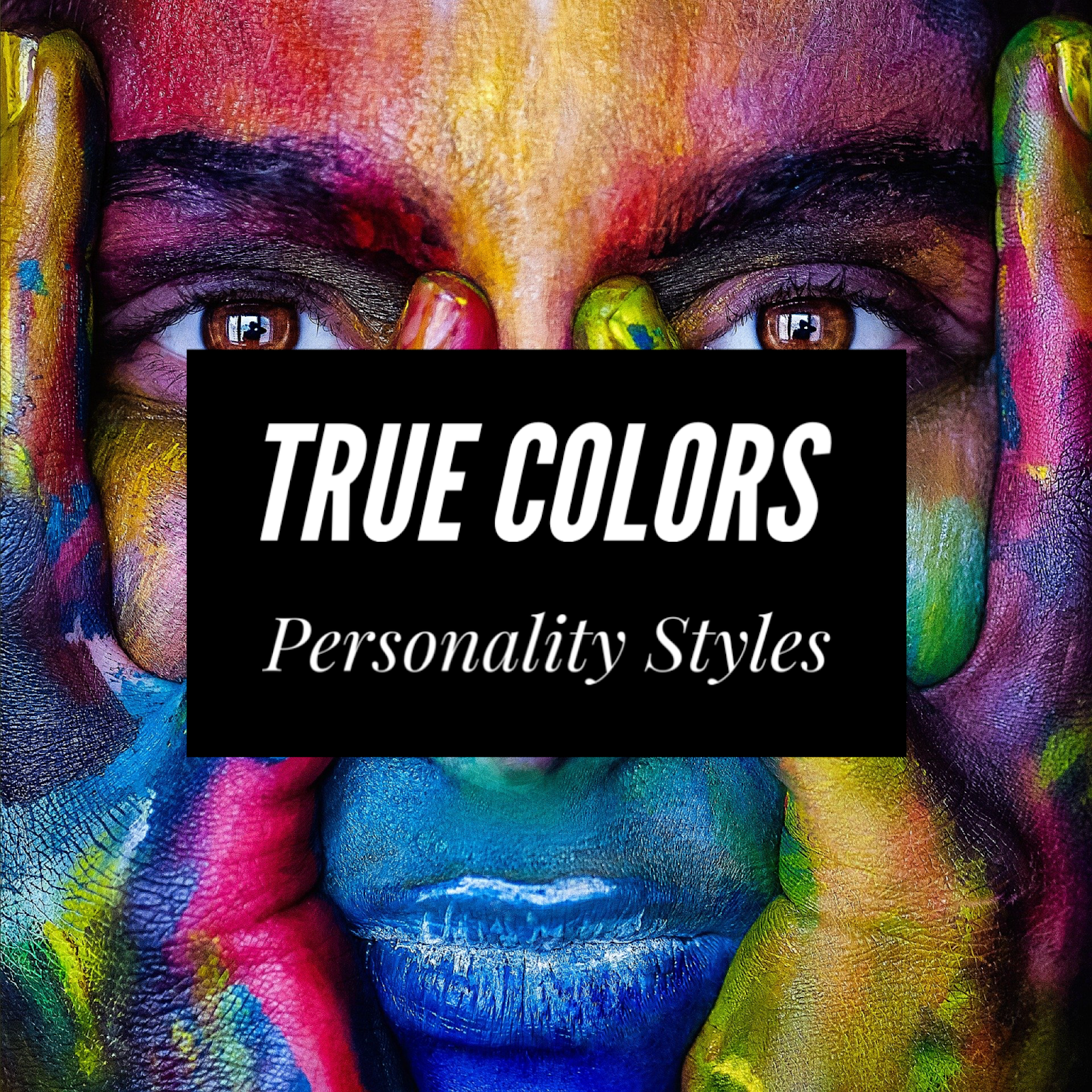True Colors Personality Styles
That's why I like the True Colors personality framework. Created by Don Lowry in 1978, it is one of the more modern ideas about personality. Lowry built on ideas from people like Isabel Myers and Katharine Briggs, who came up with the 16 personalities test. Lowry agreed with their ideas, but he didn't like how the personality tests were formatted. He noticed that long, boring written tests did not go over well with certain personalities. He wanted to make personality testing more accessible to everyone.
So, Lowry created his own system. He found a way to explain personality in simple terms that almost anyone could understand. He chose colors (Gold, Orange, Green, and Blue) to represent the different personalities. Also, instead of a long written test, the True Colors personality system uses short quizzes and visuals to sort people. And yes, it's accurate. In fact, the True Colors test has far more consistent results than most other personality tests, including the Myers-Briggs.
Before getting to the Color descriptions, let's take a quick personality quiz:
Now, choose the image that most resonates with you:
Is Gold your dominant Color?
• Gold personalities are very detail-oriented. They like to be organized and plan ahead, which gives them a sense of security and predictability. They have a practical, realistic outlook on life.
• Golds value history, tradition, and social customs. They uphold social institutions like family, church, and school. They tend to be rule-followers who have a high respect for authority.
• Golds also have strong opinions about what is right and wrong. However, they can come across as rigid and judgmental due to these strong opinions.
• Because of their need for structure, Golds do well in jobs with straightforward, well-defined expectations. They tend to be hardworking and responsible employees. They often enjoy careers in business, education, finance, and healthcare.
Is Orange your dominant Color?
• Orange personalities can be described as fun-loving, energetic, and passionate. They like to be creative and spontaneous.
• Oranges tend to be charismatic and quick-witted. They are very persuasive and like to make an impact on others.
• Oranges are often guided by their impulses, which can get them into risky situations. They tend to have trouble following through on commitments and can lack structure in their lives.
• Because of their need for excitement, Orange personalities like to have active, flexible careers. They often excel as artists, business owners, salespeople, and first responders (police, emergency medicine, etc).
Is Green your dominant Color?
• Green personalities value logic and intellect. They are naturally good at analysis and problem-solving.
• Greens tend to be big thinkers. They like thinking about abstract, philosophical ideas. They enjoy the challenge of analyzing/debating just for its own sake.
• Greens are also very independent. They like to think for themselves and make their own decisions. However, they may be perceived as argumentative, defiant, or cold/uncaring.
• Green personalities tend to do well in careers where they can analyze and innovate. They often excel in science, education, engineering, and law.
Is Blue your dominant Color?
• Blue personalities are peaceloving, optimistic, and empathetic. They like to see the best in situations and in other people.
• Blues place a high value on their relationships. They are warm and accepting toward others. They tend to dislike conflict, competition, and criticism.
• Blues are also highly imaginative. They like to come up with new ideas and easily see many different perspectives. However, they can be seen as naive, indecisive, or overly sensitive.
• Blue personalities do well in people-centered careers that allow them to make a difference in others' lives. They tend to enjoy working as counselors, nurses, teachers, and writers.
Here are some additional descriptions for each Color:
Some people are against the idea of personality testing, but I really don't see why. Acknowledging differences does not mean stereotyping people or excusing bad behavior. I see personality psychology as a tool—no better or worse than the people who use it. And in my opinion, the good outweighs the bad. For example, as an Orange personality, I have a very hands-on learning style. I used to be frustrated with myself and think that my learning style must be "wrong," but it's comforting to know that there are others like me.
Also, as a Christian, I can't help but admire God's handiwork every time I think about the different kinds of people He has created. All of us bear His image. And it's good that we're all different; otherwise, society wouldn't be able to function. Personality psychology is yet another reminder that our differences are valuable and serve an important purpose.
"If the whole body were an eye, how could it hear? If the whole body were an ear, how could it smell? God has placed each part in the body just as he wanted it to be. If all the parts were the same, how could there be a body? As it is, there are many parts. But there is only one body. [...] You are the body of Christ. Each one of you is a part of it" (1 Corinthians 12:20-27).




Comments
Post a Comment